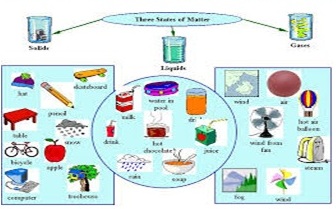

Rose Hackman: For quite a few decades, feminist economists have thought about two forms of work-productive work, including work that produces goods and services, and reproductive work, or the work that reproduces the population. Hope Reese: How does emotional labor contribute to the economy? Here is our conversation, edited for clarity. I talked with Hackman, a Detroit-based British journalist who has written for The Guardian, about why emotional labor has been so easy to dismiss, how devaluing it has hurt men, and how it is tied into a patriarchal system, among other subjects. And while that’s often necessary in partnerships, the empirical and anecdotal evidence suggests that women as a group are far more likely to do that than men as a group, as Hackman documents in her book. While none of those tasks are purely emotional, they can all involve putting other people’s feelings and needs ahead of your own. Studies also show that women predominantly plan household activities and also do “mental work” at home-things like creating grocery lists and reminding their partner to bring the car in for an oil change.


Leisure time has gone up for men and down for women. In 2018, men averaged 49 minutes more leisure time a day than women did.

While it’s difficult to quantify emotional labor, feminist economists use time-use surveys to track leisure time. And if we continue to ignore and devalue it, we are exacerbating inequality. She says that even if this kind of work is noticed, it still goes unpaid. Hackman describes emotional labor as “the editing work of emotions that someone would do in order to have an effect on the emotions of someone else.” It happens in formal as well as informal settings, but is often “offloaded onto women,” or other disadvantaged groups in society. From the GGSC to your bookshelf: 30 science-backed tools for well-being.


 0 kommentar(er)
0 kommentar(er)
